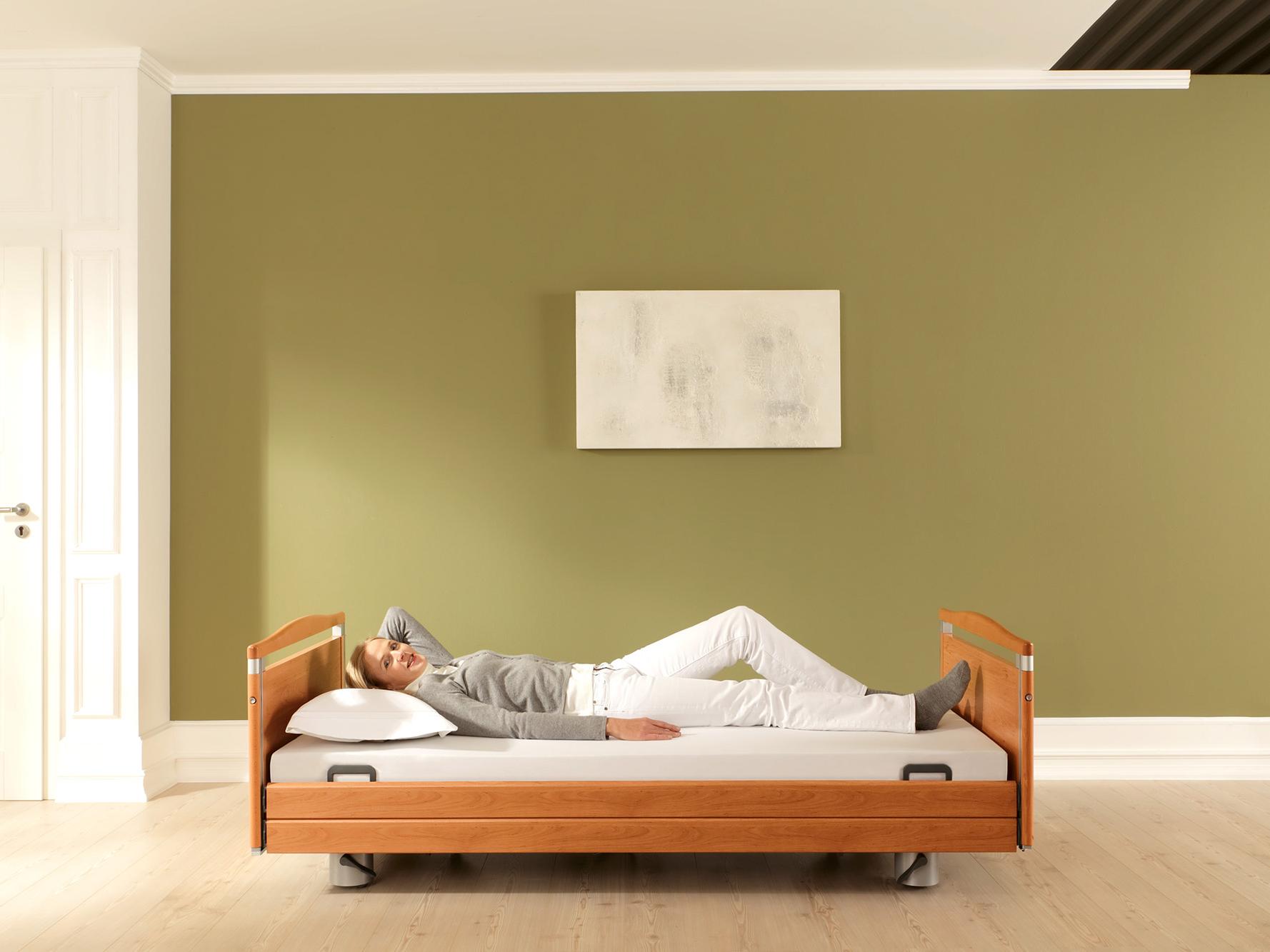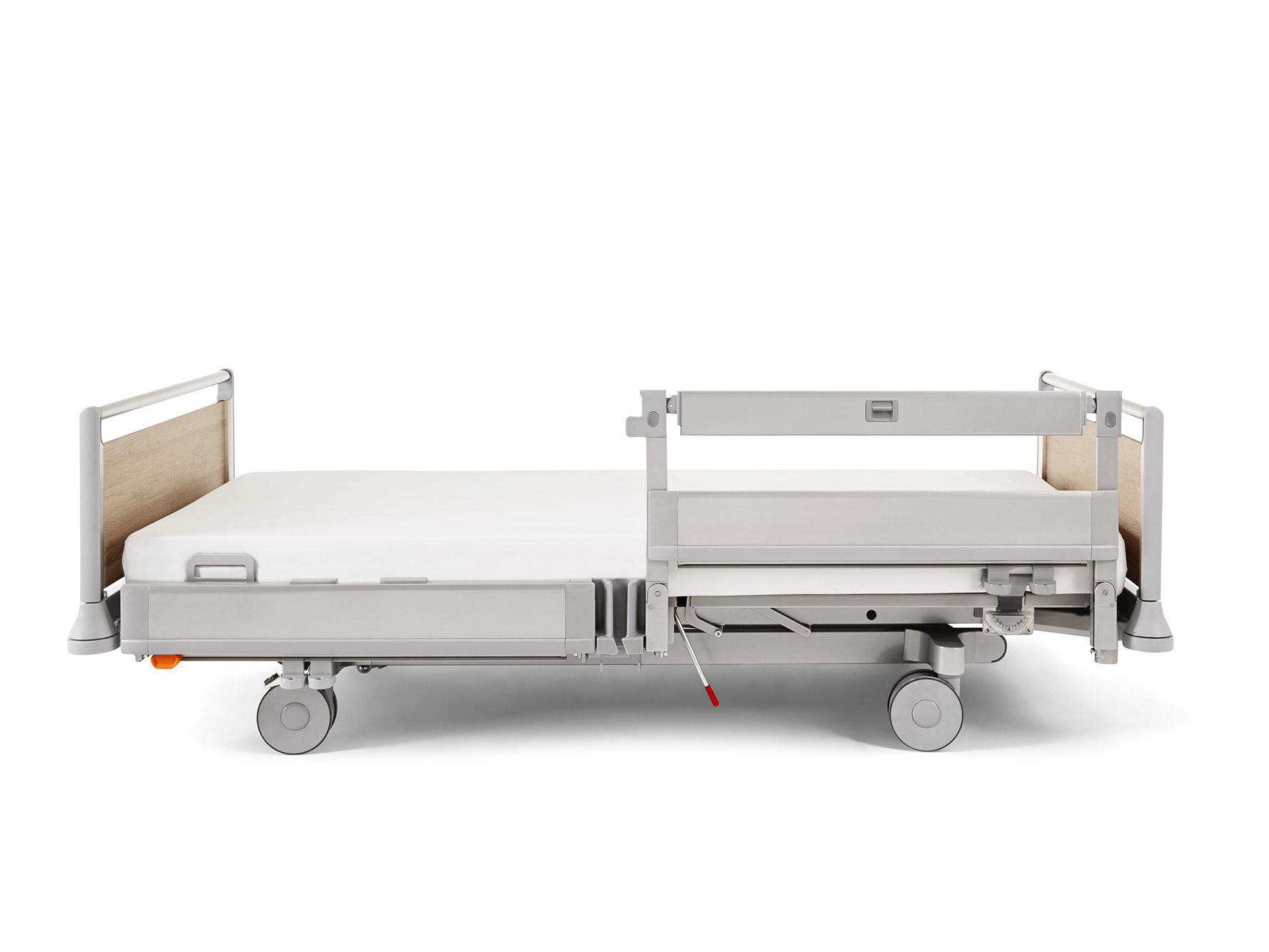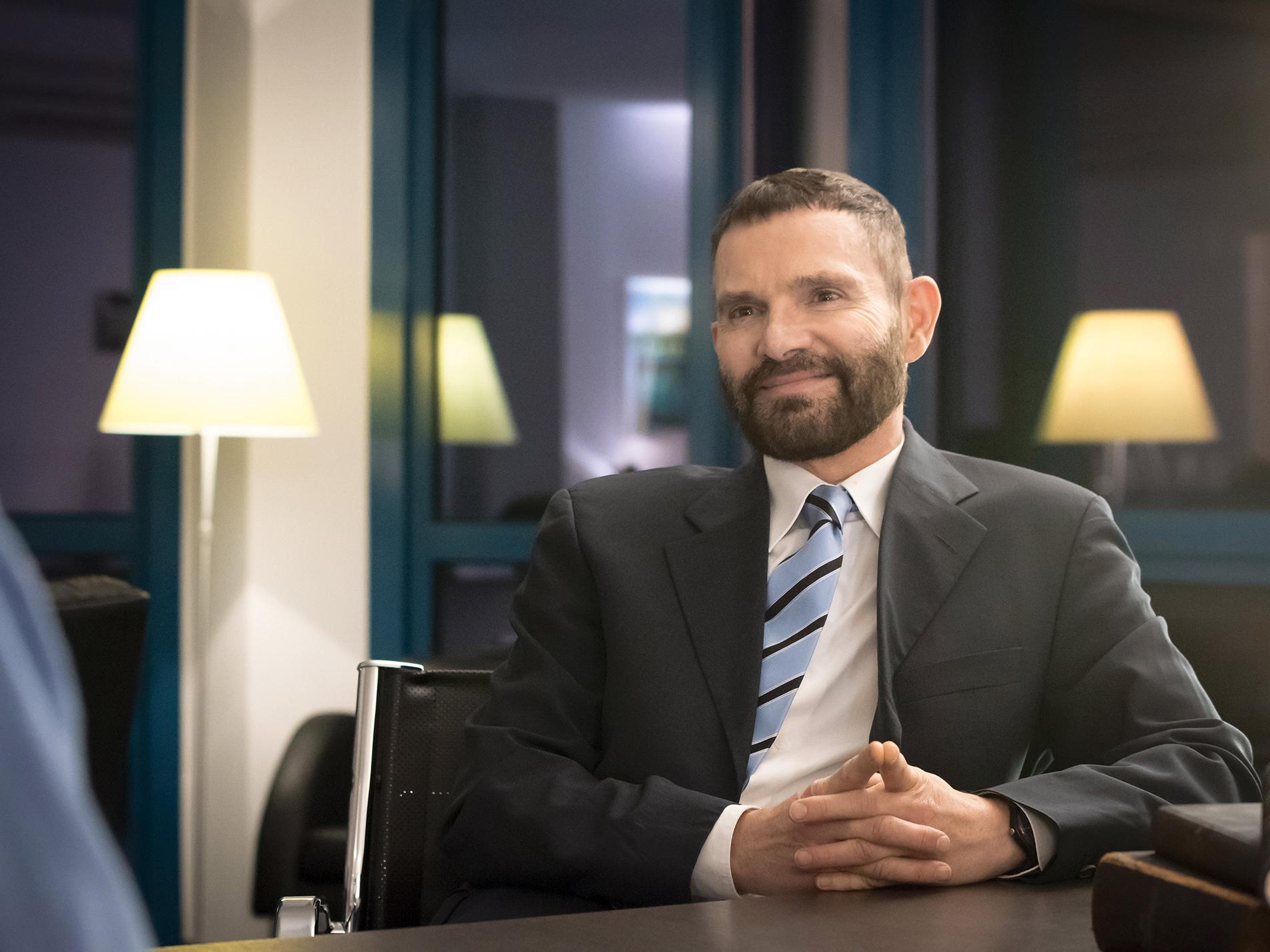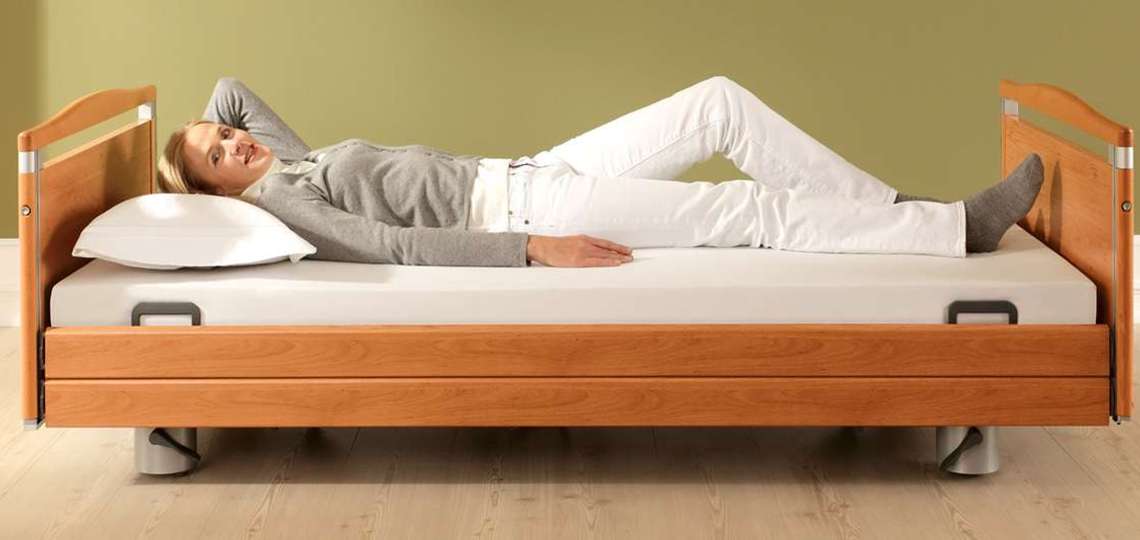
How can patients and residents be protected from fall injuries without restricting their freedom? This question is increasingly the focus of attention. We spoke with the expert Prof. Volker Grosskopf, publisher of the legal trade magazine "Rechtsdepesche für das Gesundheitswesen", on this topic.
Professor Großkopf, what is the frequency with which falls occur in care situations and hospitals?
The exact numbers can’t be quantified because many falls have no consequences. But there are statistics for the frequency of falls requiring treatment: Approximately 120,000 people suffer a bone fracture due to a fall in a care facility, hospital or during a transfer movement every year. The most common fracture is the femur. This costs the health system about 500 million euros per year.
Is the risk of falling in hospitals and care homes equally high?
No, patients stay in hospital for a much shorter time and are usually bed-ridden. This means the number of falls there is much lower.
What is the legal basis for fall prevention in Germany?
In principle, there is no uniform judicature in the area of fall prophylaxis because every judgement initially only decides a very specific incident. Since the two federal supreme court decisions of 2005, the judicature is increasingly tending towards interpreting DoLS (Deprivation of Liberty Safeguards), when deciding the question of whether there is a failure of carer duties, as only necessary for fall prevention measures if there is a specific risk situation present. A purely abstract risk situation is not sufficient to trigger the need for implementing deprivation of liberty safeguards.
Can DoLS measures be taken against the will of the person concerned?
No. The goal should be to gain the resident’s or patient’s consent to DoLS. However, if the person concerned is no longer mentally capable, the consent of the legal guardian or health care attorney must be obtained. In doing so, Section 1906 paragraph IV of the German Civil Code must be observed. If DoLS is to take place longer than 24 hours or on a regular basis – for example, every evening – the consent of the legal guardian or health care attorney also requires the approval of the court.
Stiegelmeyer provides hospital and care beds with safety sides that shield up to 50%, or 2/3, of the mattress base. This leaves enough space for the user of the bed to enter and exit. What is the legal situation for these safety sides?
The question of whether a measure constitutes a deprivation of liberty does not depend on the objective measures but rather only on whether the person concerned can move from point A to point B at will. If the split safety side prevents the occupant from doing this because of the person’s physical size, it is a deprivation of liberty. If not, then it is also not a DoLS.
How would you asses the split safety sides under this condition?
As a matter of principle, I think it is always excellent to provide such safety sides. They protect many people and do not hinder a portion of those people from independently getting out of the bed. This idea hits two birds with one stone, so to speak.
Other means of fall prevention are the low-height beds, such as Stiegelmeyer’s Venta, which can be lowered to a height of approximately 25 cm. How do you assess the benefits of these?
Low-height beds are a great new development! Although recent case law is also assuming DoLS even for low-height beds, in part because the occupants can no longer raise themselves up from the low position. I don’t understand this interpretation of the law, however. In principle, a fall prevention measure should be taken at the lowest level of intervention, and many courts are now mandating so-called bed-nests or the use of low-height beds instead of the traditional deprivation of liberty safeguards for fall prevention. Low-height beds are positively assessed in the expert standard on fall prophylaxis as well.
According to the popular wisdom of the Werdenfelser approach, DoLS should be completely avoided if possible. How do expectations and reality actually measure up in Germany?
I can give you figures from the Bonn district court on this topic. In 2014, the courts in Bonn had about 250 DoLS petitions submitted. By September 2015 it was only 26, or a tenth. Things are going exactly in the right direction. Solicitors are no longer used as DoLS case guardians because expert staff such as carers or physicians are used. Their advice on alternative protection measures are behind the nationwide drop in DoLS cases in those district courts which apply the Werdenfelser Approach.
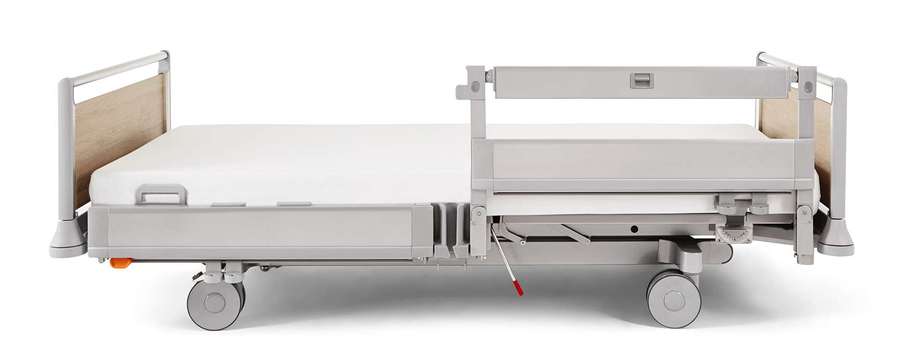
Does the Werdenfelser approach only refer to liberty restricting measures or does it also promote mobilisation of patients?
The Werdenfelser approach is a concept that was developed by district court judge Dr. Sebastian Kirsch from Garmisch- Partenkirchen. It aims to prevent DoLS. The great thing about it is that the Werdenfelser approach now completely falls in line with the new expert standard for the preservation and promotion of mobility, which is expected to take effect at the end of 2016. If DoLS is omitted, it often means that people are able to live out their mobility. The fall prevention measures then have to be adjusted in line with this.
Digital assistance systems, such as Stiegelmeyer’s e-help, are such measures. How do you assess their benefits and what is the legal situation?
I think the benefits in all areas of care are extremely high. In homes for the elderly, there is now established case law. It states that digital assistance systems constitute an intervention in the personal rights of the parties concerned. This is why the consent of the resident or his or her legal representative is necessary. Any digital assistance system, however, is considered DoLS only if the alarm then serves to refuse to allow the resident to move. In this case, if the conditions of Section 1906 paragraph 4 of the German Civil Code are met, the approval of the court would have to be obtained in addition to the legal representative’s consent.
Our Out-of-Bed system can send signals to carers as well as switch the reading lamp or under bed light on. What do you see as the greatest benefit in this?
I think both are good. It is particularly important, however, that a floor light goes on when the person concerned leaves the bed. Humans have three senses to prevent them from falling: vision, sense of balance and sense of touch. If only one sense is missing, it can be compensated for. But if two are missing, a person will fall. Many old people have polyneuropathy and can’t feel anything any more on the soles of their feet, in other words, the sense of touch is lost. If it is dark, these people almost inevitably fall. However, if a floor light goes on, their vision and sense of balance can work together to avoid a fall.
How is the topic of fall prophylaxis going to develop in the next decade?
DoLS will be continuously pushed back. Much movement of patients and residents will be done with lifters, and digital assistance systems will be utilised, and staff will be better trained. I also believe that residents will receive more strength- balance training in order to reinforce their stability.
Isn’t it difficult to get better qualified staff due to the lack of trained staff?
This is, in fact, a big problem. Maybe the lack of personnel will be compensated for by robots. But we can never lose sight of one thing: progress in medicine and pharmaceuticals. If an effective means against the various forms of dementia is found, we will have made a huge step Forward.
Prof. Großkopf, we would like to thank you for this interview.
The Interview was conducted by Christoph Prevezanos and Manuel Jennen.

Prof. Volker Grosskopf became the chair of law in the Department of Health Science at the Westfalen Catholic University of Applied Science in 2001. The focus of his work is liability issues for care staff. In 2003, he co-founded the G&S publishing company with Michael Schanz.
Prof. Grosskopf is the organiser of the Jura Health Congress taking place 21 April 2016 in Cologne with the focus on resident and patient falls. For more information about the congress and to register for it, go to www.jura health.de.

